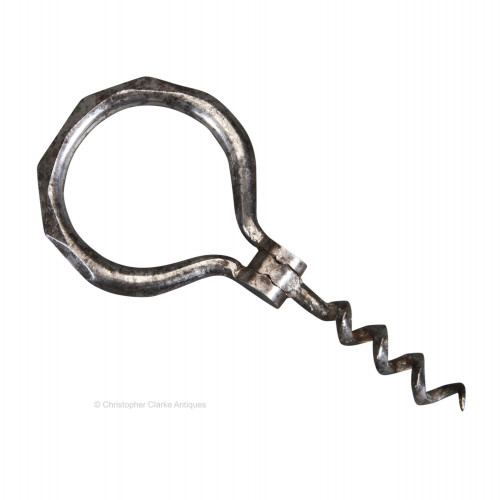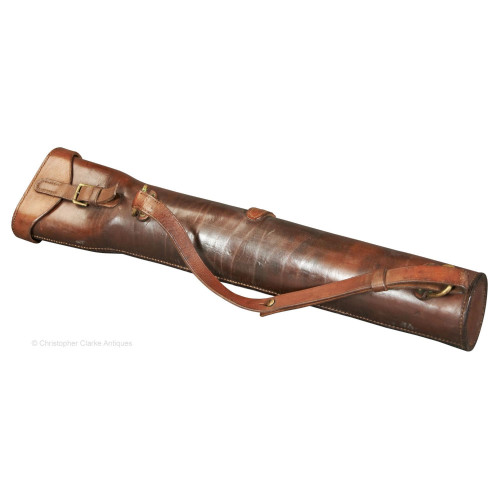Writing Slope Biscuit Tin - MacFarlane, Lang
Writing Slope Biscuit Tin - MacFarlane, Lang
83671
A tin Portable Desk or Writing Slope Biscuit Tin by MacFarlane, Lang & Co.
The tin is decorated with lithographic printed faux wood and brass banding with a sloped work area printed to resemble a red leather skiver tooled with a gilt Greek key border. A pair of twist catches to both the top and bottom section give access to the two compartments that would house the biscuits but could be later used for storage. The tin has a hinged hasp lock with a twist catch.
The underside of the tin is printed with the details of 'MacFarlane, Lang & Co. Biscuit Manufacturer Glasgow & London' with a Royal Coat of Arms and 'Established 1817'.
This tin is an indicator of how recognisable still the Portable Desk was to the general public in the early 1900s. It resembles an early to mid 19th century box by the mahogany, strapwork and shaped engraving plate to the top. It has some wear with parts of the strap work to the front of the box worn down to the tin to look like silver. An interesting tin inspired by campaign furniture. From the presence of London to the makers details, it dates to the early 20th Century.
Decorative Tins
The rise of the biscuit and confectionary decorative tin is linked to both legislation and innovation. Huntley & Palmer are the most recognised name when it comes to such tins and they were the first to sell their products in metal tins in the 1830s. This was purely wholesale for grocers to put on their counters, and it wasn't until 1861 with the Licensed Grocer's Act that customers could buy a packet of goods. Sixteen years later offset lithography allowed manufacturers to print onto interestingly shaped metal tins. If a customer was encouraged to keep a decorative tin, they would be reminded to buy more of the contents within them. By the end of the century, competition amongst manufacturers to make their product stand out above others led to increasingly more complex and exciting tins. The 1920s and 1930s saw a pinnacle in their design. Regular shaped tins with fashionable images and art of the day led to all sorts of wonderful shapes imitating everyday items to appeal to both adults and children. Tins can be found decorated with Wedgewood pottery designs or shaped as a double decker bus for children to play with. Eventually life imitated art when potters Burgess & Leigh copied the shape and artwork of a Huntley & Palmers tin to make a teapot in 1896. A huge range of tins were produced by a number of different manufacturers and there are ardent collectors looking for them.
Dimensions:
Early 20th Century
Tin
England
MacFarlane, Lang & Co. Biscuit Manufacturer Glasgow & London
Biscuit Tin
Wear to lithographic printing
RELATED ITEMS



























